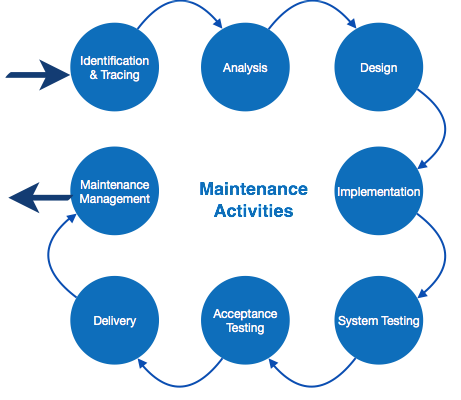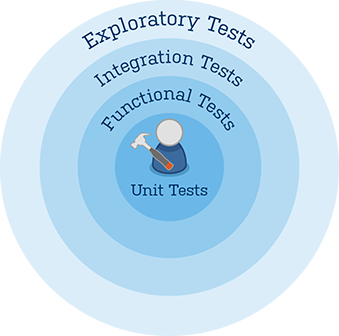Software Testing is as a process in which testers try to find software bugs. In other words, it is a process that validates if the software is well-implemented or needs to be fixed. There are a lot of types of testing in the software world. The list is kind of huge, that’s why I’ll only describe some of them, if you want to see a more complete list, go to visit http://www.softwaretestinghelp.com/types-of-software-testing/.
- Black box Testing: tests are based on the requirements and functionality of the project.
- White box Testing: tests are based on the knowledge of the internal logic of the project.
- Unit Testing: tests from individual code or individual sections of the code.
- Functional Testing: tests are focused on the output, leaving aside the internal development of the project.
- System Testing: tests the functionality of all the project, trying to find new glitches and bugs.
- Acceptance Testing: tests are made to verify if the project reach the customer’s expectations.
- Security Testing: tests regarding the security of the software, they try to close any unauthorized access.
- Beta Testing: this test is tested by the final users. This test is the final test before it is released.
Tests are very important in the software environment, they help you to find out new problems and the idea is to find a solution to them. These processes might be slow or boring, but they are a fundamental part of the software development. Most of the time, users are the testers or the ones that find the bugs and glitches, so, it is important to have a good communication between them to solve the problems faster.
Retrieved from http://istqbexamcertification.com/what-is-a-software-testing/ and http://www.softwaretestinghelp.com/types-of-software-testing/.









